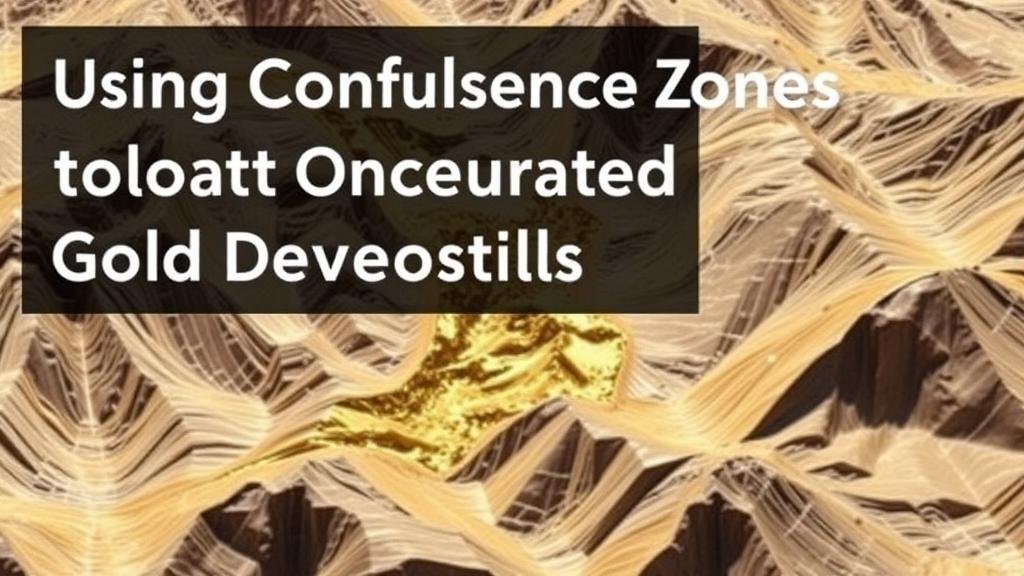Using Confluence Zones to Locate Concentrated Gold Deposits
Understanding Confluence Zones in Gold Exploration
Confluence zones refer to geological areas where different geophysical, geological, and structural elements converge, creating favorable conditions for mineral deposits, particularly gold. Identifying these zones can significantly enhance exploration efficiency and success rates. This article delves into how confluence zones can be leveraged to locate concentrated gold deposits, supported by scientific evidence and industry practices.
The Geological Basis of Confluence Zones
Confluence zones usually arise from the intersection of various geological features, such as faults, folds, and different rock types. e intersections create an environment conducive to the accumulation of mineral resources. The primary geological factors that contribute to these zones include:
- Structural Geology: Fault lines and tectonic activity often create pathways for gold deposition.
- Alteration Zones: Changes in rock chemistry and structure can highlight areas of potential mineralization.
- Stratigraphy: Variations in rock layers can indicate areas where gold deposits are more likely to accumulate.
Case Study: The Homestake Mine
The Homestake Mine in South Dakota is one of the most famous examples of gold deposits located within a confluence zone. Here, the intersection of several geological features, including shear zones and volcanic formations, created a rich environment for gold mineralization. Between 1876 and 2002, the mine produced over 40 million ounces of gold, showcasing the effectiveness of targeting confluence zones in exploration.
Methods for Identifying Confluence Zones
To pinpoint confluence zones, geologists employ a variety of techniques. These methods range from remote sensing to geological mapping and require a substantial understanding of geological processes.
Remote Sensing Technologies
Modern exploration uses remote sensing technologies, such as satellite imagery and airborne geophysics, to identify potential confluence zones. These technologies facilitate the identification of structural features and anomalies in mineral compositions that signify promising targets.
Field Mapping and Sampling
Fieldwork remains essential in confirming the presence of confluence zones. Detailed mapping of existing geological formations, coupled with sampling of rock and soil, can validate the theoretical models constructed during remote sensing analysis. This process often highlights:
- The physical characteristics of rocks.
- Mineral content through geochemical assays.
- Structural features like folds and faults.
Real-World Applications and Strategies
Companies focused on gold exploration can implement strategic plans that target confluence zones. By using comprehensive geological surveys and combined exploration techniques, firms can enhance their prospecting efficiency. Some key strategies include:
- Integrated Exploration Programs: Combining geological mapping, remote sensing, and geochemical analysis to create robust exploration models.
- Focus on Historical Mining Areas: Targeting regions with a history of successful mining operations that overlap with identified confluence zones.
- Collaboration with Geologists: Partnering with experts to better interpret geological data and assess the potential of confluence zones.
Challenges and Considerations
While using confluence zones can significantly increase the probability of discovering gold, challenges remain. Geologists must consider environmental impacts, regulatory hurdles, and the inherent uncertainties of geological formations. This requires a balanced approach where exploration is conducted responsibly and sustainably.
Key Takeaways
Utilizing confluence zones for gold exploration presents an effective method to locate concentrated deposits. By leveraging geological data, employing modern technologies, and deploying rigorous exploration strategies, mining companies can enhance exploration success. Continuous research and collaboration in this field are vital for maximizing the potential of these geological intersections.



